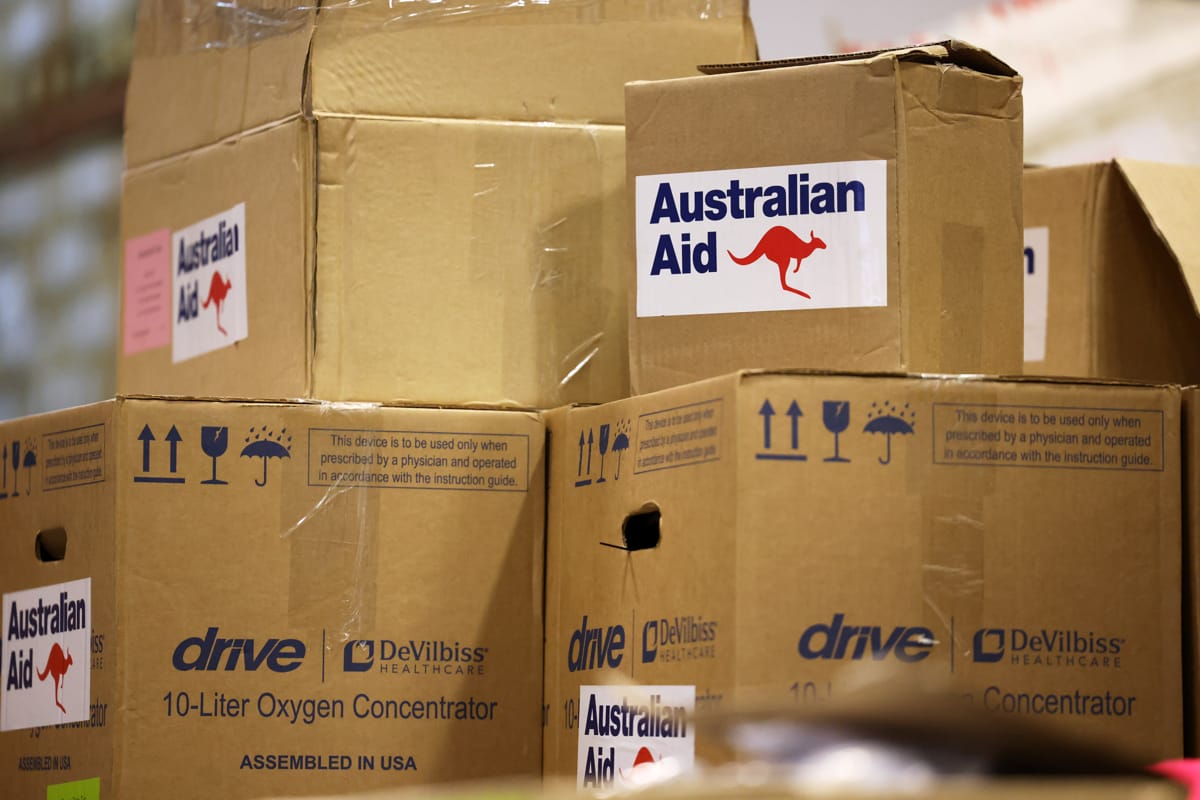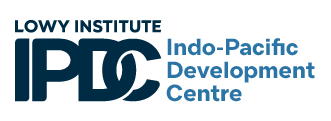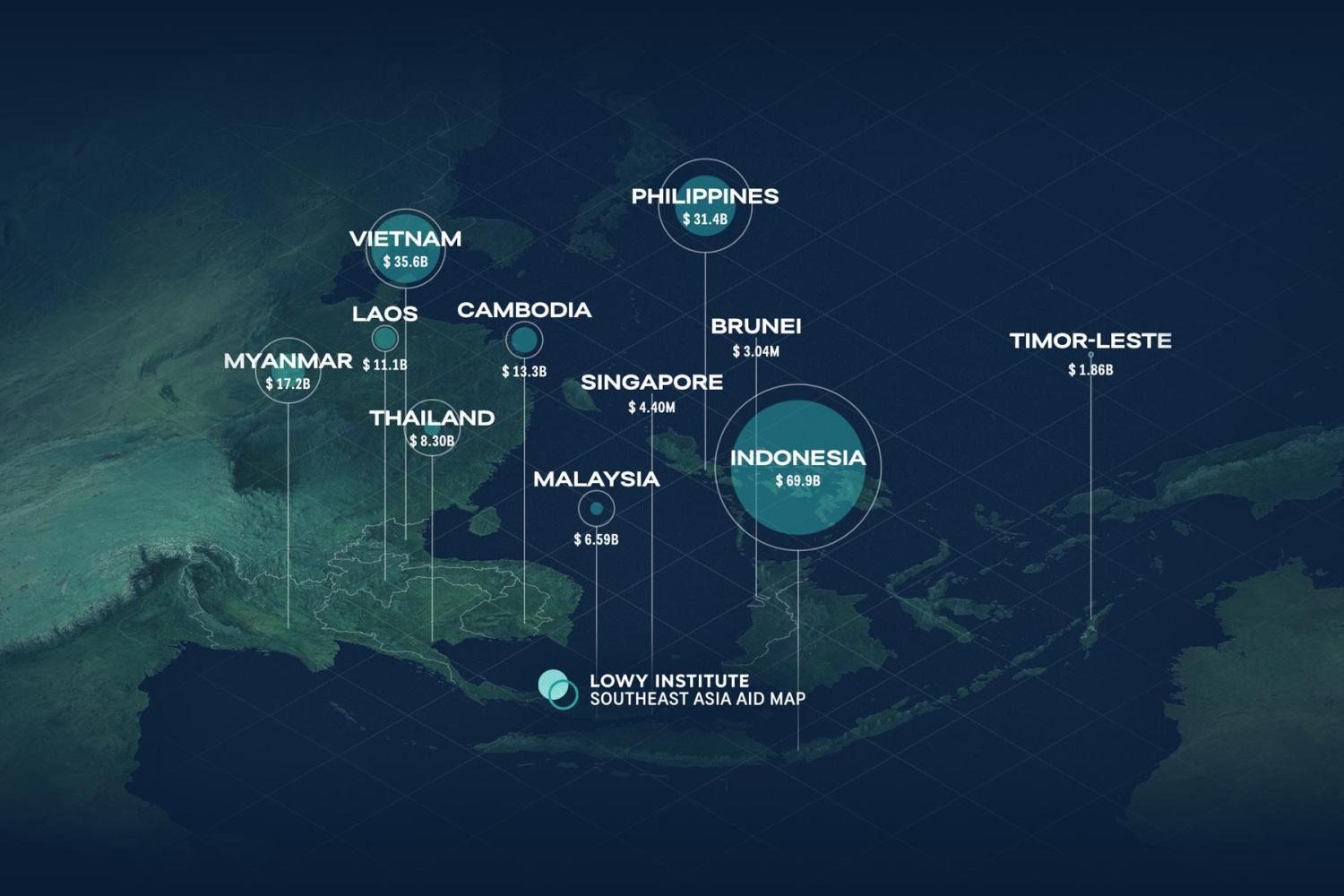Southeast Asia is home to some of the most dynamic and fast‑growing economies in the world. Yet the region continues to face significant development challenges, including poverty, limited access to education and healthcare, political instability, and acute vulnerability to disasters. Those challenges have been further magnified by the Covid-19 pandemic, which has delivered a significant setback to the region’s otherwise rapid development.
In any given year, more than A$40 billion in official development finance (ODF) – including grants, loans and other type of financing – is invested in Southeast Asia by more than 90 development partners. Almost a fifth comes from China as the region’s single largest development financier, although traditional development partners collectively continue to provide the lion’s share of support.
As geopolitical competition drives rising tensions across the region, development finance and cooperation are emerging as key tools in that contest. Accordingly, transparency and accountability have never been more crucial to ensure efficient and responsible development activities.
Public information at the project level remains sparse, lacks detail, and is difficult to access. This lack of transparency can hinder the efficacy of development funds, impeding the coordination across numerous stakeholders. Southeast Asian countries themselves can struggle to align what they receive with their own development priorities. An information deficit also reduces accountability, in both those countries receiving development support and those providing it.
The Lowy Institute 2023 Southeast Asia Aid Map, supported by the Australian Department of Foreign Affairs and Trade, serves to address this problem. Spanning more than 100,000 projects financed by 97 development partners in 11 countries, it is the most comprehensive dataset on ODF in Southeast Asia ever compiled. The research incorporates data from both traditional and non-traditional development partners (such as China and India) and tracks not only project commitments (i.e. deals signed) but also disbursements (i.e. actual delivery) – a crucial distinction when it comes to understanding the scale and nature of non-traditional development partners such as China in particular.
The Southeast Asia Aid Map will not just be a snapshot in time and will be updated annually.
The significance of this research extends beyond its utility for Southeast Asian nations and aid and development professionals. The interactive tool has the potential to foster a more nuanced public discussion on the role of development finance in the region. It is a rich database that will be valuable for future scholarly work into development finance in Southeast Asia. Investigating trends in sub-sectoral engagement, implementing partners, regional investments, flows from new partners, predictability, and concentration are all areas that warrant further exploring and could benefit from the data found in the Southeast Asia Aid Map.

The research amounts to millions of data points, and as many stories to extract. Three key takeaways stand out.
First, despite the region’s considerable economic progress, the 2023 Southeast Asia Aid Map finds that official development finance plays a critical role in meeting the region’s development needs. Southeast Asia receives billions annually in development finance, mostly targeted to the region’s most pressing development needs, such as infrastructure, health, education, and responding to climate change. In fact, ODF is equivalent to upwards of 10 per cent of total government development expenditure in the region. When looking at smaller economies such as Laos and Cambodia, ODF jumps to 70 per cent of total government development spending.
Second, while China is the region’s leading development partner, it faces significant competition. China accounts for almost 20 per cent of all development spending in the region, mostly disbursed on large infrastructure projects financed through non-concessional loans from China’s main policy banks, EXIM Bank of China and China Development Bank. China accounts for almost 40 per cent of all infrastructure to the region. Yet, it is not without competition. In the transport sector, for instance, Japan provides slightly more financing, while in communications, South Korea is on par with China. China plays a minimal role in the water and sanitation sector, reflecting its focus on economic rather than social infrastructure. It is only in the energy sector that Chinese funding dwarfs all other development partners.
However, looking at project commitments (i.e. deals signed) provides a very different picture. In all infrastructure sectors, except water and sanitation, China dominates, showing Beijing’s ambition to remain the primary infrastructure partner of the region in the years to come.
A final key message from the research is that while climate development finance has been rising, the progress made remains far below that required to support resilient low-carbon development in the region. The Asian Development Bank, Japan and China have been the main financiers of climate-related projects. Despite rising climate development finance, a number of negative signs remain.
Most of the increase in climate finance was driven by projects that had a “significant” climate-related objective. Financing with a “principal” climate-related objective by contrast has remained flat.
And while financing for non-renewable energy projects has declined, so too has financing for renewable energy projects, which is at odds with the region’s need for both more and cleaner energy.
Finally, while disbursements for climate-related projects have risen over time, new climate-related ODF commitments have decreased, signalling a mixed outlook.
We will be teasing out other insights in the next few months, and we encourage you to extract yours as well by downloading our freely accessible dataset.
The Lowy Institute’s Southeast Asia Aid Map, with fully interactive database, country profiles and topical analyses, is available at seamap.lowyinstitute.org.

